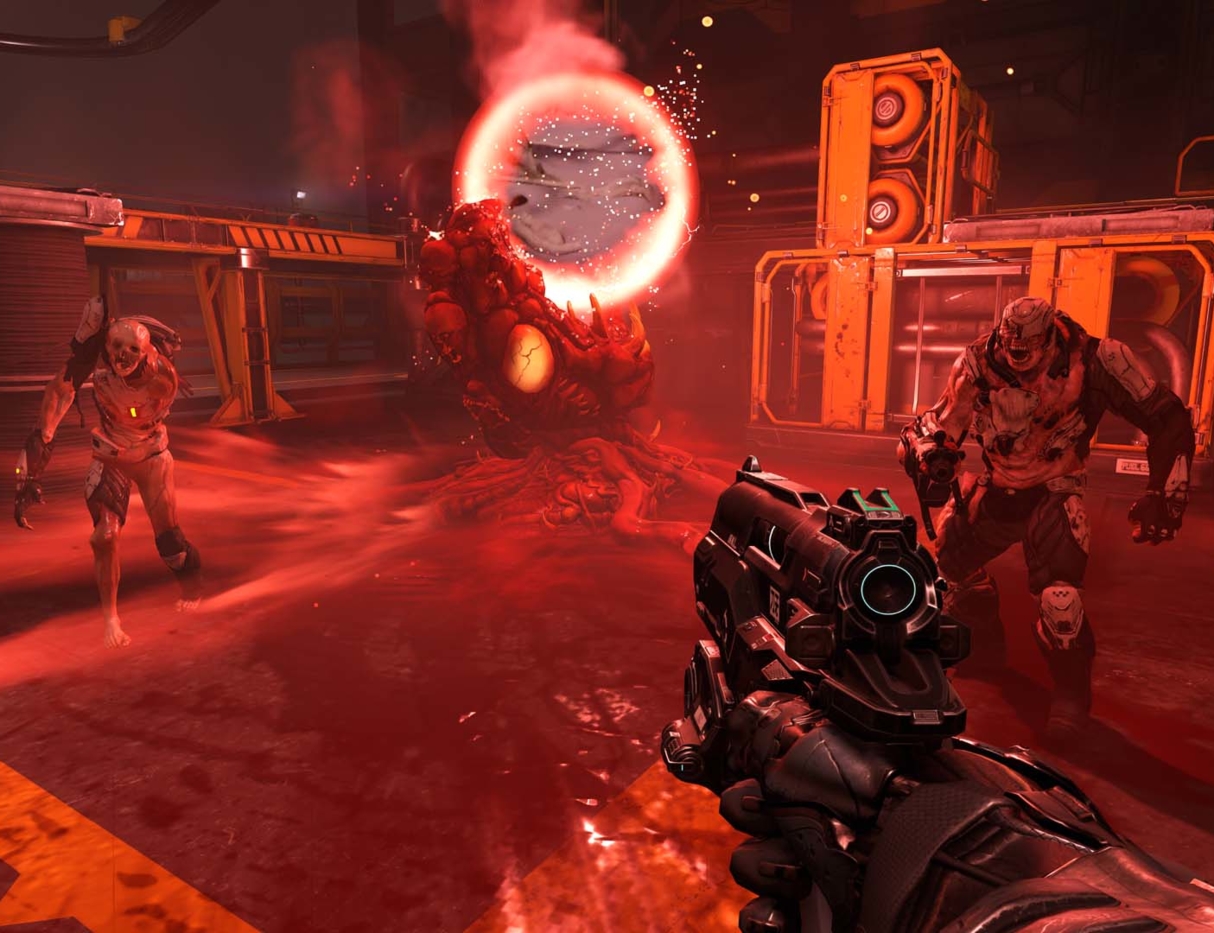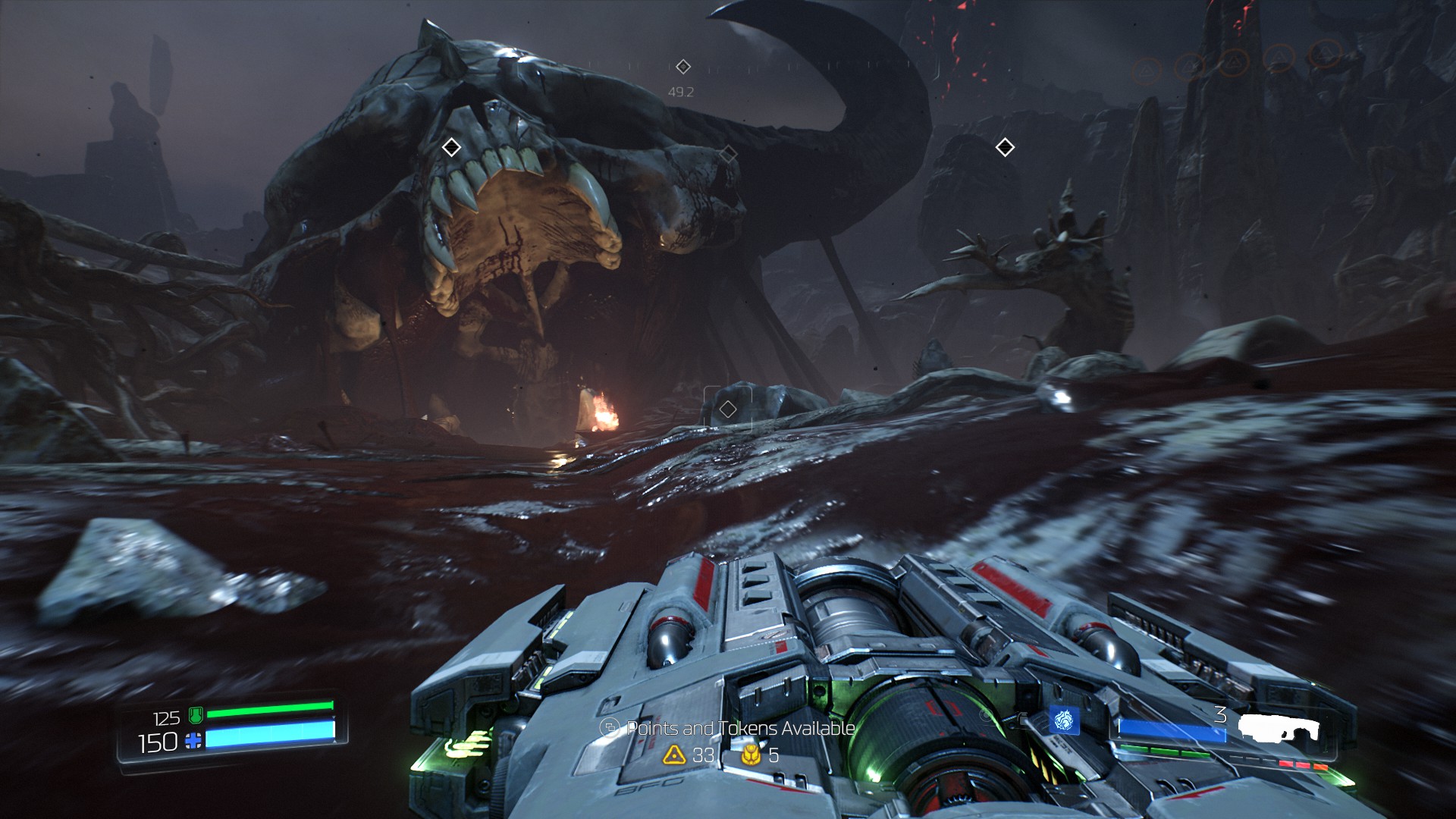
#DOOM 2016 SNAPMAP MODE UPDATE#
Update 3 did not include any new content but fixed a number of issues.

It also became possible for map authors to decide whether to let SnapMap auto-manage hand-placed AI. This update added sky/window props, as well as the ability to enable or disable shootable triggers. Maps can be permanently downloaded so that they remain available while offline. They can upvote or downvote maps, and can utilize other players' content as a base and share the results while citing the originals' authors. Players can share their completed maps with other players. These points can be used to unlock additional cosmetic items. Players will receive "snap points" after they create a level or play a level created by other users. Levels can be tested before they are published online.įor players who do not wish to create extensively, the game features an AI conductor which automatically generates enemies. However, custom geometry can be crafted to a degree through clever use of clip volumes and placement of static props, the use of which became significantly more flexible as the editor was updated. Only in-game assets can be used it is not possible to create or import custom models into the game. Players can also add additional particle effects, lighting effects, and other gameplay items like health packs and ammo pick-ups into their creations. Their artificial intelligence and stats, and the player's own movement speed, can also be modified.

Most of the game's enemies can be placed in SnapMap, with the exception of the summoner and campaign's bosses. Players can also access the X-ray camera, which temporarily removes all the walls to allow players to view the objects inside. Additionally, they can make custom areas using blocking boxes or decorations. When building a level, the game will shift to a top-down view where players can place pre-defined rooms and hallways to form a level. Players can create maps for different modes, ranging from single-player levels, to co-operative or competitive multiplayer maps. It can be used to assemble prefabricated rooms, place objects such as monsters and weapons, and define custom events within maps. SnapMap is the integrated editor in Doom (2016) that allows players to create and edit maps with their own structure and game logic. Interacting with this panel triggers logic to end the level. Throughout the process, I played the map multiple times to test it and ensure that everything worked as it was supposed to.The object mode in SnapMap. Then, it was time to apply the props and effects.įinally, I finished with the text and sound effects. Next, I placed and balanced the encounters room by room taking into consideration health, armor and the order of the encounters themselves.

I also took into consideration the weapons available to the player and enemy encounters while designing this to ensure smooth pacing.Īfter this, I started the level with just the barebones modules, followed by my new mechanics and their logic systems. Once I was acquainted with the toolset, I made a simple layout on my notepad, detailing how I wanted my experience to be. In the beginning, I worked through the Snapmap tutorials and challenges, following which I started going through the available modules and assets I could work with. I wanted to explore what would potentially happen after the end of the campaign, with whatever tools I had to work with and I think this map works as a great start. When I reached the end, I knew I had to make my own Doom map. I had not expected to get so deeply involved with the game before I started playing.

I very much enjoyed the new Doom's brilliantly designed and paced campaign. A good single player campaign always puts a smile on my face and leaves me hungry for more.


 0 kommentar(er)
0 kommentar(er)
